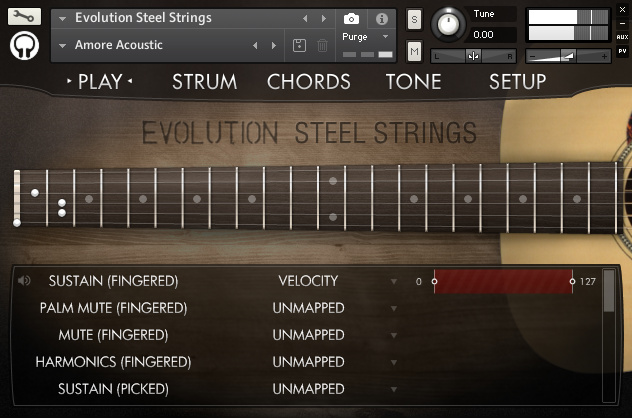
The LabQuest and LoggerPro did not give default units for Sound Pressure, but deemed them as “arbitrary. These patterns and variance may be caused by interference of the different harmonics that constitute the tones of acoustic instruments. The acoustic tones seemed to form a sort of pattern over time, with more variance in the sound pressure. Any questions on using these files contact the user. Read the loops section of the help area and our terms and conditions for more information on how you can use the loops. If you use any of these loops please leave your comments.
Audiosauna guitar samples free#
AudioSauna Features: 2 analog oscillators with amp envelope, SAW, SQUARE, TRIANGLE, SINE and NOISE waveforms. Free Guitar Samples Browse our collection of free guitar samples, guitar loops, sample packs, acoustic guitar sounds, electric guitar samples and rifffs. The free loops, samples and sounds listed here have been kindly uploaded by other users. In general, the graphs of the synthetic tones– but especially the FM synthetic tones– showed more uniform waves relative to those of the acoustic tones. Importing your own wav and mp3 samples to the sampler is supported. Therefore, the graphed waveforms from our recordings may not represent the subtleties in the differences between acoustic and synthetic (both analog and FM) waveforms. We first attempted to record at a rate of 1000 samples per second, but we were limited by the capabilities of our LabQuest. Given that the known frequency of the note C is around 261.6 Hz, we took our recordings at a rate of 500 samples per second. We used a free online program, called AudioSauna, which provided us with the synthetic tones we needed for each instrument, both FM and Analog. We used a Steinway piano, a Yamaha flute, and a Taylor guitar.

Instead, below is our data represented in graphical form created by LoggerPro.Īll of our data was taken in the same, quiet environment with the hopes of minimizing ambient noise. Our data tables are not posted here on the blog, as each table would have around 500 points of data. We also recorded tones (again, the note C) created by two different synthesizer programs: one an FM synthesizer, and one an Analog synthesizer. Using a LabQuest, with microphone and sound level meter sensors, we recorded a single tone (of the musical note C), played by each instrument: piano, flute, and guitar.


 0 kommentar(er)
0 kommentar(er)
